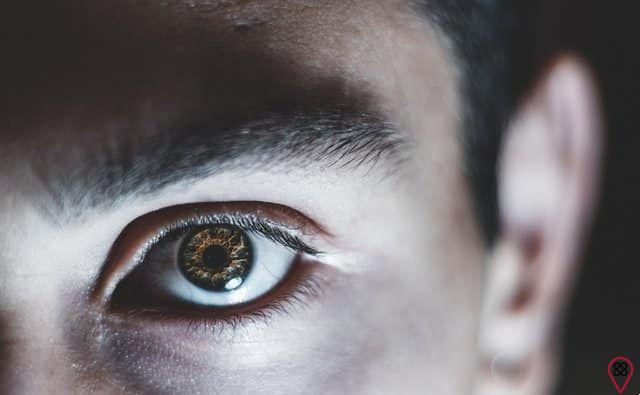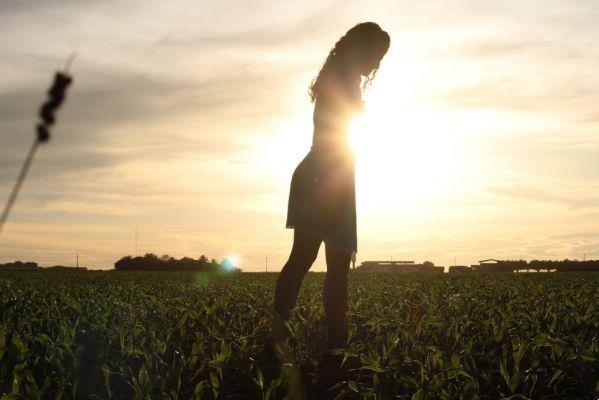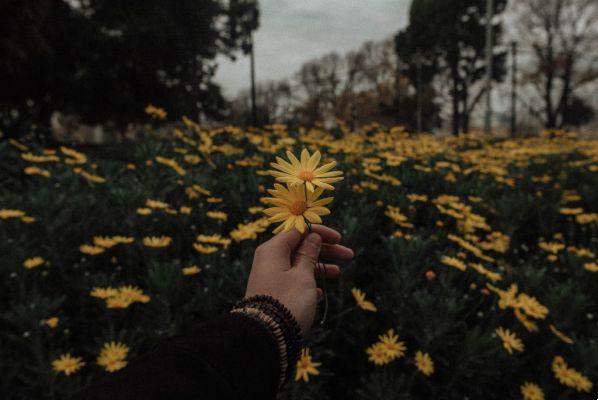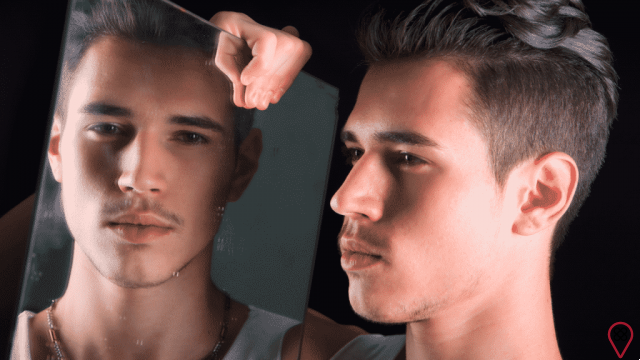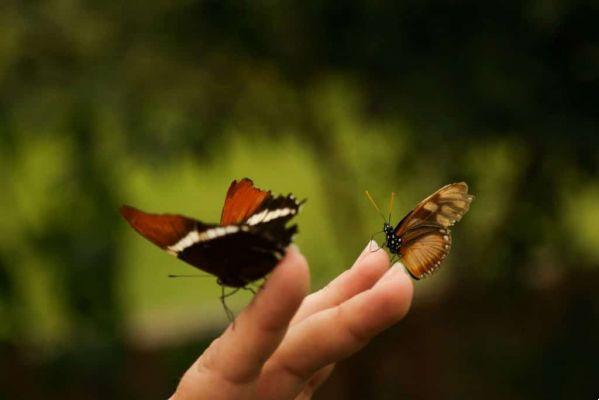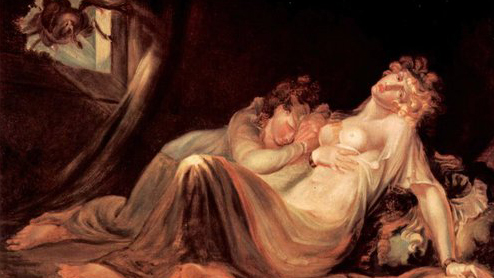Thus, when using Yoga practices in education or at home, it is necessary to consider the type of attention state of the child. Wanting her to be quiet all the time can throw her personality off balance.
How is it possible to create the right balance between introversion and extroversion?
- Consider that children are not mini-adults, although some are treated as such.
- Study and observe the process of awakening the flowering of being a child.
- Feed the child development process with the nutrients of patience, games, reading, relaxation, contact with nature and its elements: water, air, earth and fire.
“It was the time I wasted on my rose that made my rose so important!” (Saint Exupery)
What are the four types of mindful behaviors children exhibit and how can you help them stay connected to their nature?
negligent attention: the eyes are docile, the child shows apathy, “off” expression, frowning. His appearance, in general, is one of indifference. These are indicators that demonstrate that this child needs mental stimulation more than exercise. Your imagination is fertile and creative. Seems to be dreaming all day.
Uneven attention: the child's eyes dart from side to side, frequently bites lips, changes in expression easily, often fiddles with hair. They react to small noises and the mind is easily distracted. This is the most common type of behavior today. Shows superficial interest, attention is short, energy is spent without focus. They need relaxing exercises and learn that relaxation is beneficial for them.
Focused attention: the child's eyes are more focused and attentive, facial movements more stable, nervous system more balanced, which makes learning easier for him. They carry out the activities with regularity and dedication, they listen carefully and their answers are relevant. They show enthusiasm and creativity. It is important to observe whether the child demonstrates conformism to the routine. It needs challenging and new exercises in which relaxation and concentration are experienced.
Balanced attention: the eyes are bright, shows a smile on the face and the muscles of the face are relaxed, spontaneous and safe reactions. This child has a high degree of self-knowledge and seeks his own resources to feel increasingly secure and happy.
It is important to observe the biological rhythm of children and the times of the day and week.

For example: on Monday morning, the tendency is for slowness and a certain apathy.
When we keep an eye on the movements, behaviors and physical state of the little ones, we have the "clues" of what to do to enhance their nature.
I believe that the four types of attention are valid for us adults.
So what do we all want?
Love and respect for our nature, for our state of Being in the world.
After all, what works for some will not always work for everyone.
The challenge is to respect the uniqueness of each child within the collective, whether in the classroom, in the club, in the family or in the community.
Honor each of them and avoid comparisons!
You may also like other articles by the author. Access: What is the connection between Yoga and Education?






